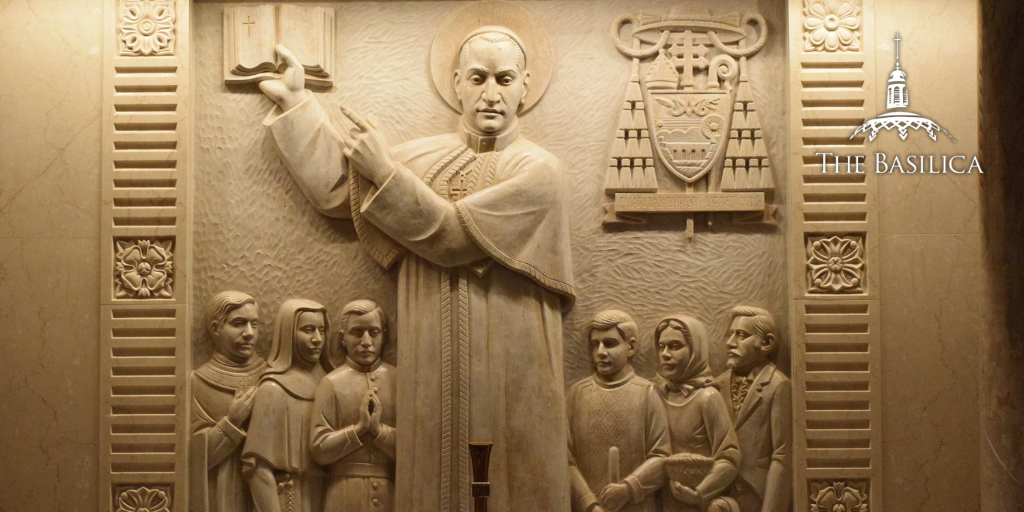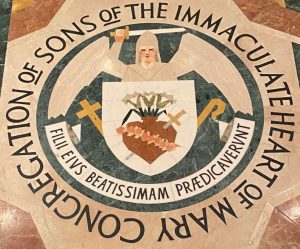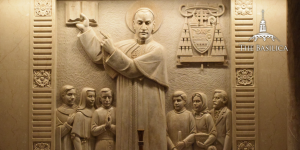
“Love for the Father prompted St. Anthony Mary Claret to follow and imitate Jesus Christ always in prayer, work and suffering, and to open himself to the action of the Holy Spirit, who inspired his mission of evangelizing the poor.” – Pope John Paul II

On October 24, the Church celebrates the Memorial of St. Anthony Claret, founder of the Claretians and dedicated propagator of the devotion to the Immaculate Heart of Mary. As we honor his legacy of compassionate evangelization, learn five things you should know about his life and mission.
1. He is the founder of the Claretians.
Born in Spain in 1807, Anthony Claret first worked as a weaver and printer before pursuing the priesthood. After becoming ordained in 1835, Anthony felt the Lord calling him to be a missionary and went to Rome to join the Jesuits. Unfortunately, Anthony’s health began to decline, which forced him to go back home to Spain. Anthony had faith in God’s plan for his life, however, and soon realized that countless souls just outside his doorstep needed evangelization. For the next decade, he committed himself to sharing the Gospel throughout Catalonia, founding a group now known as the Claretians, as well as the Apostolic Training Institute of the Immaculate Conception in 1849.
2. St. Anthony was influential in propagating the devotion to the Immaculate Heart of Mary.
Anthony was devoutly committed to the Immaculate Heart of Mary, and is credited with writing the following prayer to the Blessed Mother under this title:
“O Heart of Mary, furnace and instrument of love, enkindle me with love of God and my neighbor.”
3. In 1850, he was appointed as archbishop of Cuba.
He served as archbishop for seven years. Though the position was prestigious, it was fraught with unforeseen challenges and even dangers. After Anthony’s teaching catalyzed one particular young woman to live a moral life, the woman’s beau attempted to assassinate Anthony, leaving him gravely wounded.

4. St. Anthony served as confessor of Queen Isabella I.
Following his work as archbishop, he returned home to Spain to work for Queen Isabella, writing, speaking, and publishing numerous religious pamphlets and books. Ever-loyal to his ruler, Anthony accompanied Queen Isabella when she was sent into exile during the Spanish Revolution of 1868. Little did he know that he would never return, passing away at a Cistercian monastery in France in 1870.
5. He is honored in the Basilica in the St. Anthony Mary Claret Chapel.
The chapel is adjacent to the Immaculate Heart of Mary Chapel – a fitting neighbor for a man so dedicated to propagating the devotion. In the chapel, St. Anthony Mary Claret stands at the center of the Trani marble relief which serves as the focal point of the chapel; to the left, is his archiepiscopal coat of arms. He is surrounded by the Claretian fathers, brothers, nuns, and those to whom he evangelized.
Sources:
Butler’s Lives of Saints, ed. Bernard Bangley
Rohling, Geraldine M., PhD, MAEd. The Basilica of the National Shrine of the Immaculate Conception: Guide and Tour Book. Washington, D.C.: Basilica of the National Shrine of the Immaculate Conception, 2018.

